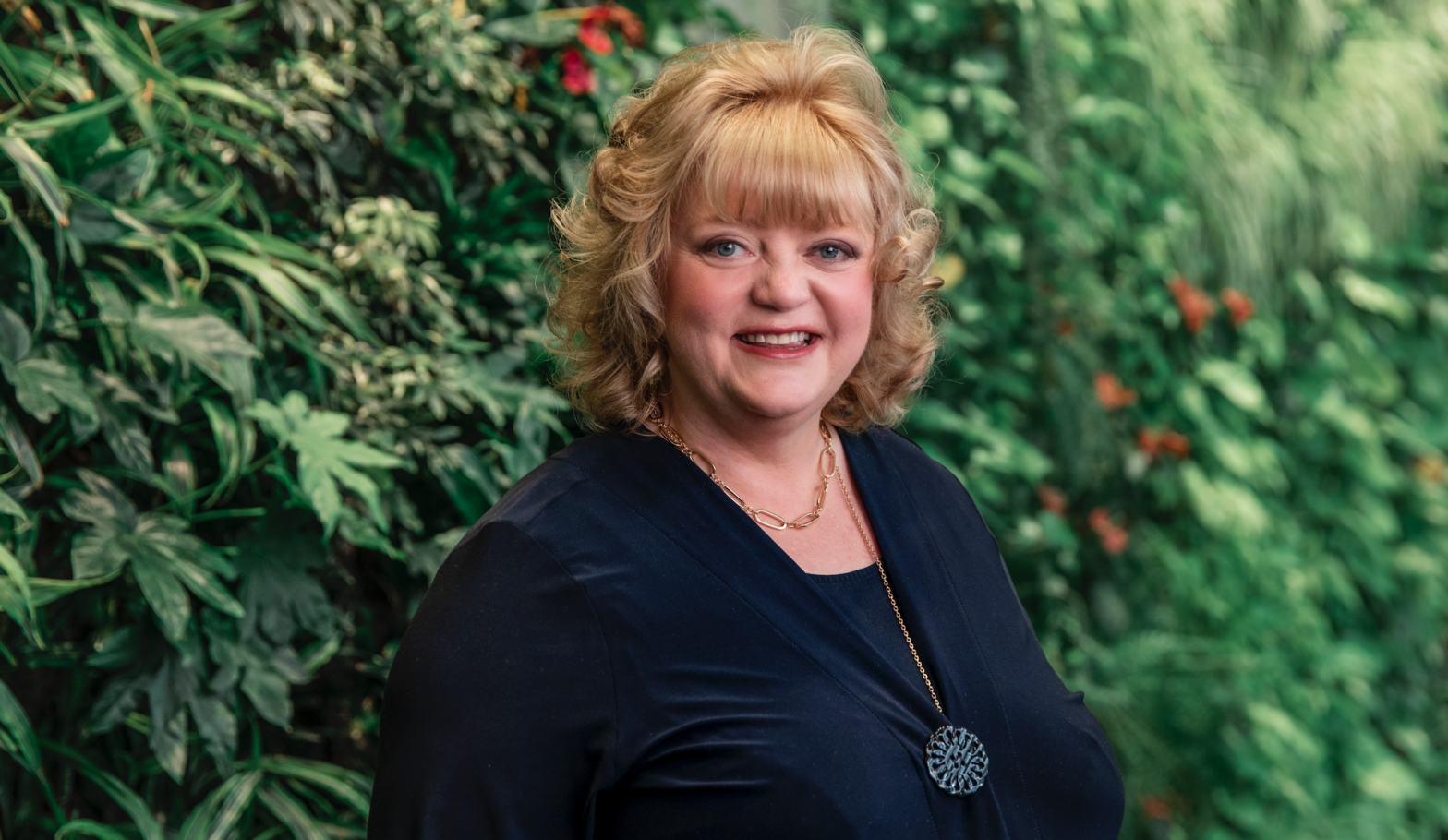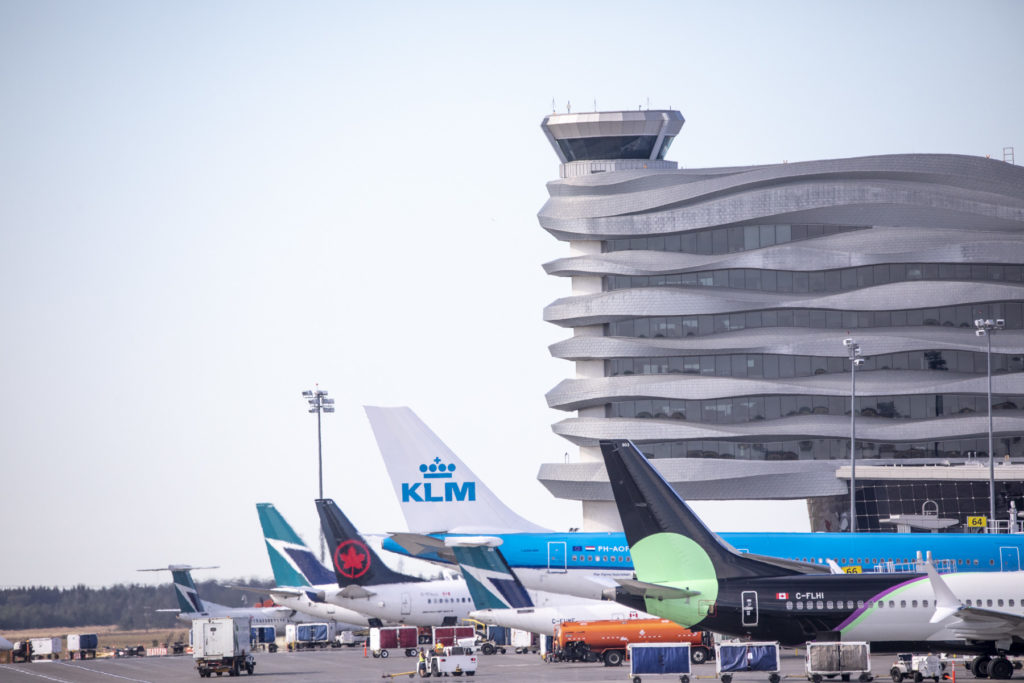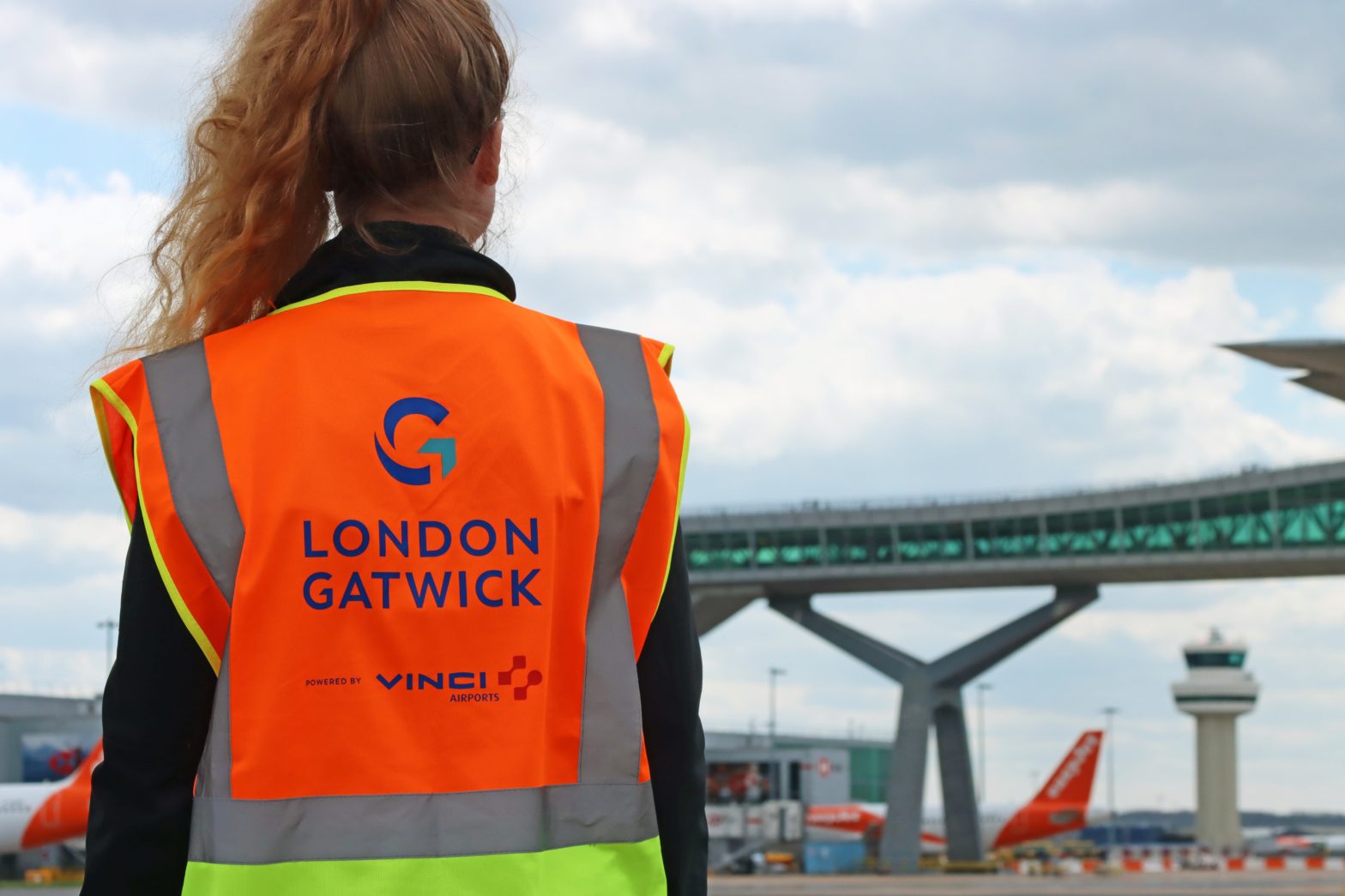
Photo: Edmonton International Airport
Why airport technology vendors need to “up their game”
07 February 2023
by Jonathan Andrews
The state of technology products available to airports is quite poor, according to one of Canada’s leading airport bosses.
Tara Mulrooney, Vice President of Technology and Innovation at Edmonton International Airport, says that vendors are often too “old school” and don’t allow data to be shared easily.
“We really need our vendor community, whether it’s check-in processing or bridge automation, to up their game, and to really make sure that they’re building those things with open standards [together with] security by design,” she explains.
She adds that unless vendor quality improves, airports will collaborate further to source their own solutions.
“There’s going to be a shift as airports start working to co-create their own products,” she explains. “I’m not sure that’s the best thing for us to do but we’re really struggling frankly with the quality and costs of some of those assets.”
Agility
As VP of technology and innovation, Mulrooney not only covers Edmonton’s IT aspects but also operational technology. Whether that’s baggage and gating technologies or ensuring connectivity services for the airport’s real estate tenants. In addition, she is involved in the business intelligence team which gives her not only a good overall view of the technical aspects of the airport but also the business side.

This includes asset management and replacement, building maintenance, and greater automation. Edmonton is currently building out that system but at the same time, trying to prepare the entire facility for IoT and to become more proactive on maintenance and energy efficiency.
“My role is really around technology innovation yet also staying focused on our capital plans and objectives,” she says. “We want to see where we can insert pieces of innovation, and look to partners and potential investments in technology companies to drive revenues and reduce our costs.”
The organisational structure of the airport plays to this advantage. The executive team is made up of entrepreneurs which fosters a culture of innovation with very little bureaucracy. A common love of technology – but similarly a new way of looking at technology –has helped forge a creative team and removes the “fight for capital” between departments.
“What I love about the airport is there’s no briefing notes, there’s no committees,” she says. “We’re agile and small enough to go fast and that puts us ahead.”
Priorities
For 2023, Mulrooney and her team will focus on greater personalisation for passengers and communication. This will involve tapping into the airport’s parking infrastructure, which reports some of the highest parking revenues for North America. There will also be a push to move to hydrogen as a source of energy for the airport – in the city renowned as Canada’s oil capital.
Despite a move to greater technological solutions, as head of the working group for the Airports Council International (ACI) world committee on cybersecurity, Mulrooney warns that too much consolidation could draw the attention of hackers.
“Sometimes a city’s technology is integrated into the airport’s systems,” she says. “The cyber risk for that is massive. We need to help educate that actually consolidation in some of these cases creates a really nice target. Let’s be careful and let’s be thoughtful about efficiency and cost savings versus security.”










